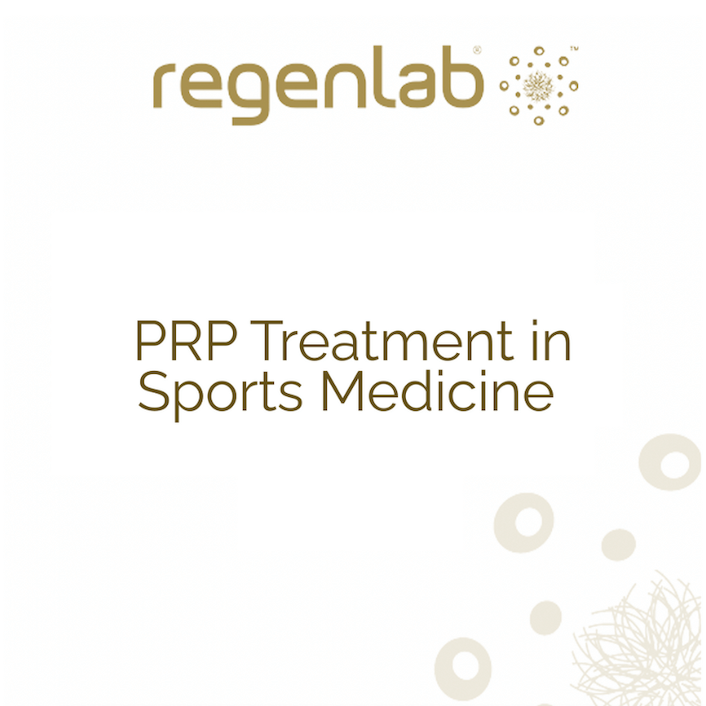Platelet-Rich Plasma (PRP) therapy has gained immense popularity in recent years, particularly in the realm of sports medicine. This cutting-edge treatment harnesses the body’s natural healing mechanisms, offering athletes and active individuals a promising option to recover from injuries more efficiently and effectively. PRP therapy is not only innovative but also minimally invasive, making it an attractive choice for those looking to avoid more intensive procedures such as surgery.
PRP treatment begins with drawing a small sample of the patient’s blood. The blood is then placed in a centrifuge, a machine that separates the components of the blood, isolating the platelet-rich plasma. Platelets play a crucial role in the body’s healing process, as they contain growth factors and proteins that promote tissue repair and regeneration. Once the PRP is prepared, it is carefully injected into the injured area, targeting tissues such as tendons, ligaments, muscles, or joints. This concentrated plasma activates the healing process by stimulating cellular repair and reducing inflammation.
One of the significant advantages of PRP therapy in sports medicine is its versatility. Athletes suffering from a variety of injuries, including tendonitis, ligament sprains, and muscle tears, can benefit from this treatment. Conditions such as tennis elbow, Achilles tendonitis, and knee injuries are commonly addressed with PRP therapy, often resulting in faster recovery times and reduced reliance on medications.
PRP treatment is particularly appealing to athletes because it offers a natural way to heal the body. Since the therapy uses the patient’s own blood, the risk of allergic reactions or complications is significantly reduced. Additionally, the procedure is relatively swift, usually completed within an hour, and involves minimal downtime compared to more invasive interventions. Depending on the severity of the injury, patients can often return to training and competition sooner than expected.
Despite its many benefits, PRP therapy is not without its limitations. It is not a universal solution and may not work effectively for every individual or injury. Results can vary based on factors such as the extent of the damage, the patient’s overall health, and how their body responds to the treatment. While research into PRP therapy continues to evolve, it is increasingly being recognized as a valuable component of modern sports medicine.
For athletes seeking innovative treatment options, PRP therapy offers a promising pathway to recovery, allowing them to return to doing what they love—performing at their peak and staying active.

